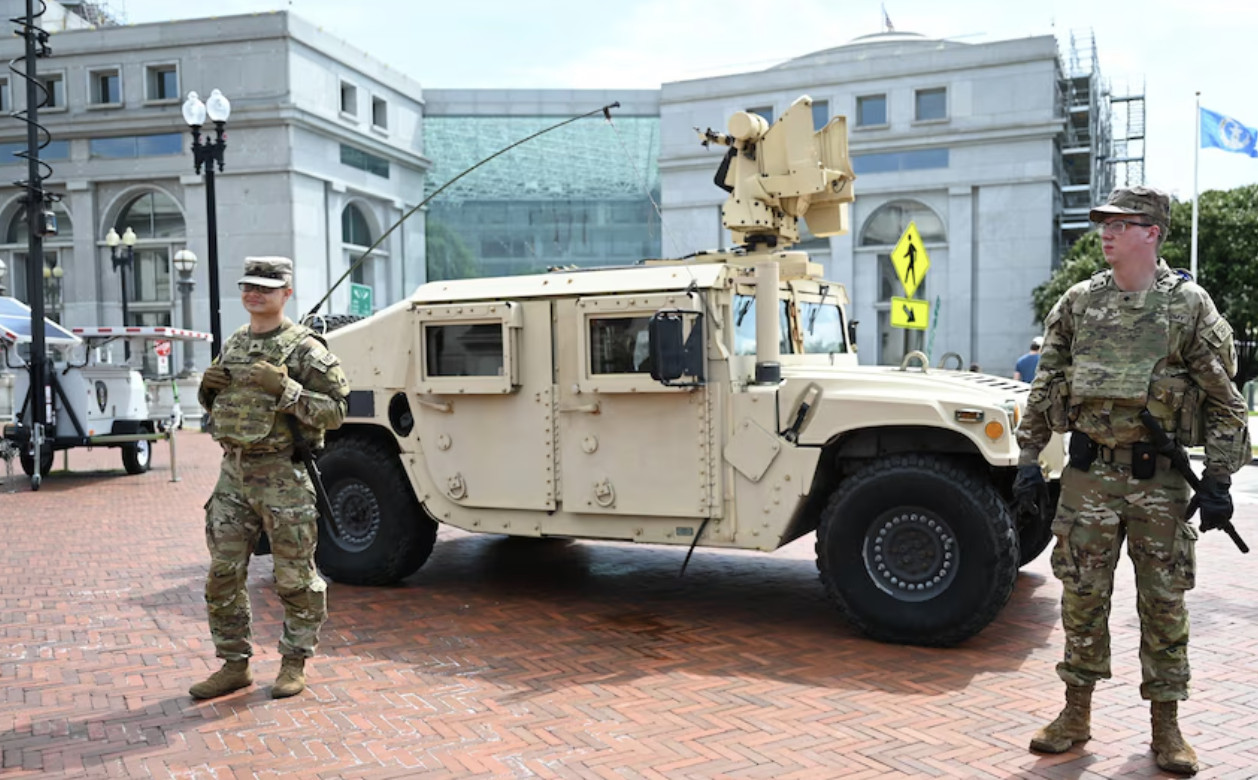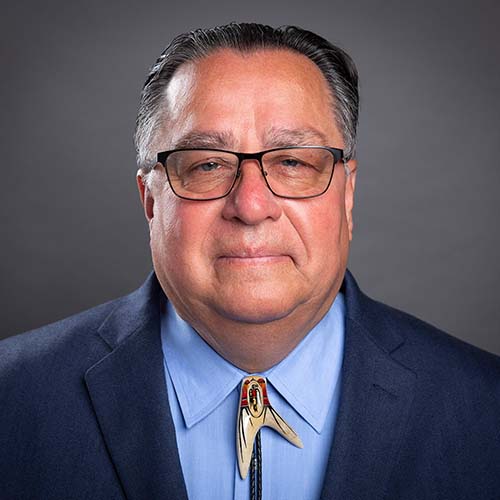
- Details
- By Native News Online Staff
Breaking News. Two members of the West Virginia National Guard were shot Wednesday afternoon just blocks from the White House, state officials said, prompting a large security response in the center of the nation’s capital. The two National Guard members are in critically conidtion. The governor of West Virginia early reported the two had died, but later their conditions were listed as critical.
The shooting happened around 2:15 p.m. at 17th and H Streets NW, near the Farragut West Metro station, according to a law enforcement official. Multiple agencies moved quickly to secure the area, and a suspect was taken into custody by 3 p.m. The suspect also had been shot but sustained injuries that were not believed to be life-threatening.
West Virginia Gov. Patrick Morrisey confirmed the deaths of the two guardsmen and said the state would fully cooperate with federal investigators. Buildings near the White House — including offices and commercial spaces — briefly went into lockdown as D.C. police, the U.S. Secret Service and the Joint DC Task Force converged on the scene.
The shooting occurred as about 2,375 National Guard troops remain deployed in Washington, a presence that has been politically and legally controversial since the summer. Federal and local officials expressed condolences and said they were closely monitoring the investigation.
More Stories Like This
Native News Weekly (August 25, 2024): D.C. BriefsUS Presidents in Their Own Words Concerning American Indians
Tunica-Biloxi Council Member Named to Tribal Leadership Foundation
Ethics Complaint Alleges Former Navajo Nation Chief of Staff Accepted Gifts From Contractor
Monday Morning (December 14, 2025): Articles You May Have Missed This Past Weekend
Help us defend tribal sovereignty.
At Native News Online, our mission is rooted in telling the stories that strengthen sovereignty and uplift Indigenous voices — not just at year’s end, but every single day.
Because of your generosity last year, we were able to keep our reporters on the ground in tribal communities, at national gatherings and in the halls of Congress — covering the issues that matter most to Indian Country: sovereignty, culture, education, health and economic opportunity.
That support sustained us through a tough year in 2025. Now, as we look to the year ahead, we need your help right now to ensure warrior journalism remains strong — reporting that defends tribal sovereignty, amplifies Native truth, and holds power accountable.
 The stakes couldn't be higher. Your support keeps Native voices heard, Native stories told and Native sovereignty defended.
The stakes couldn't be higher. Your support keeps Native voices heard, Native stories told and Native sovereignty defended.
Stand with Warrior Journalism today.
Levi Rickert (Potawatomi), Editor & Publisher

